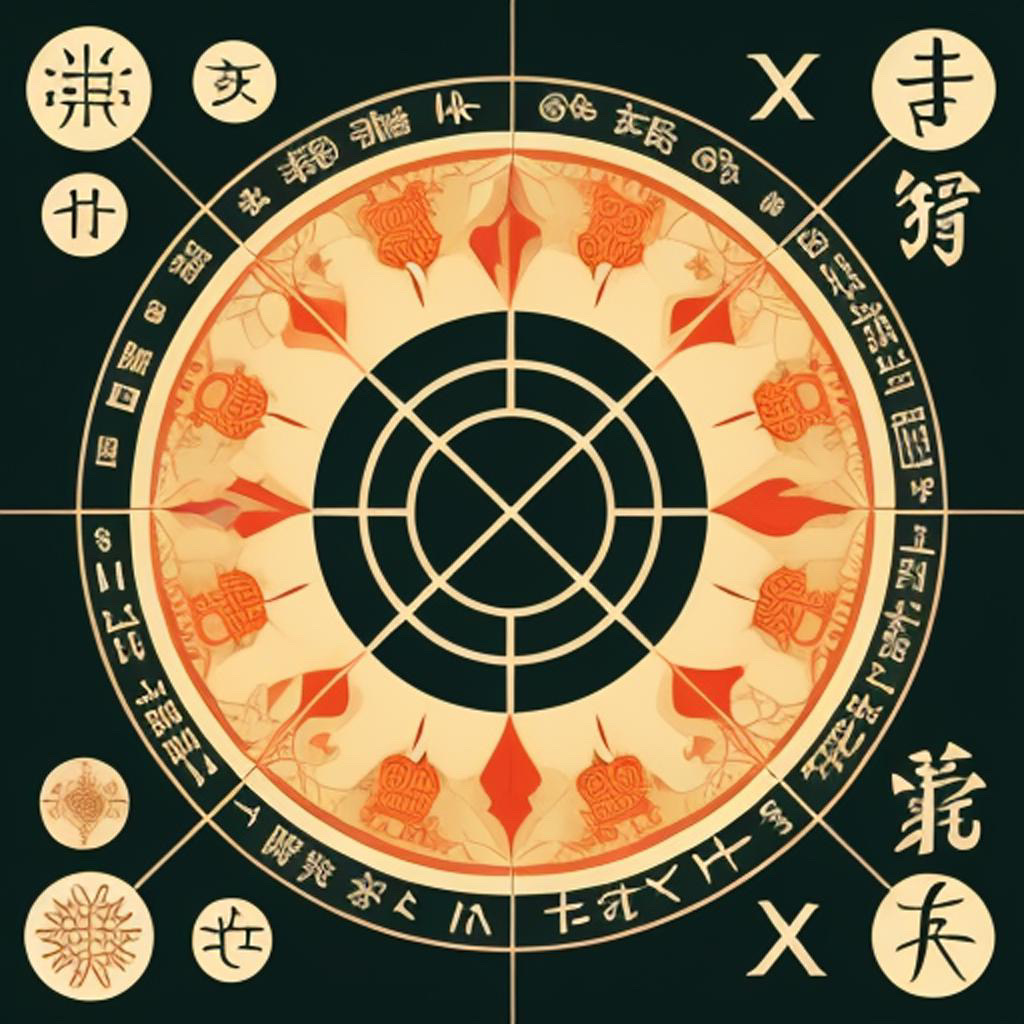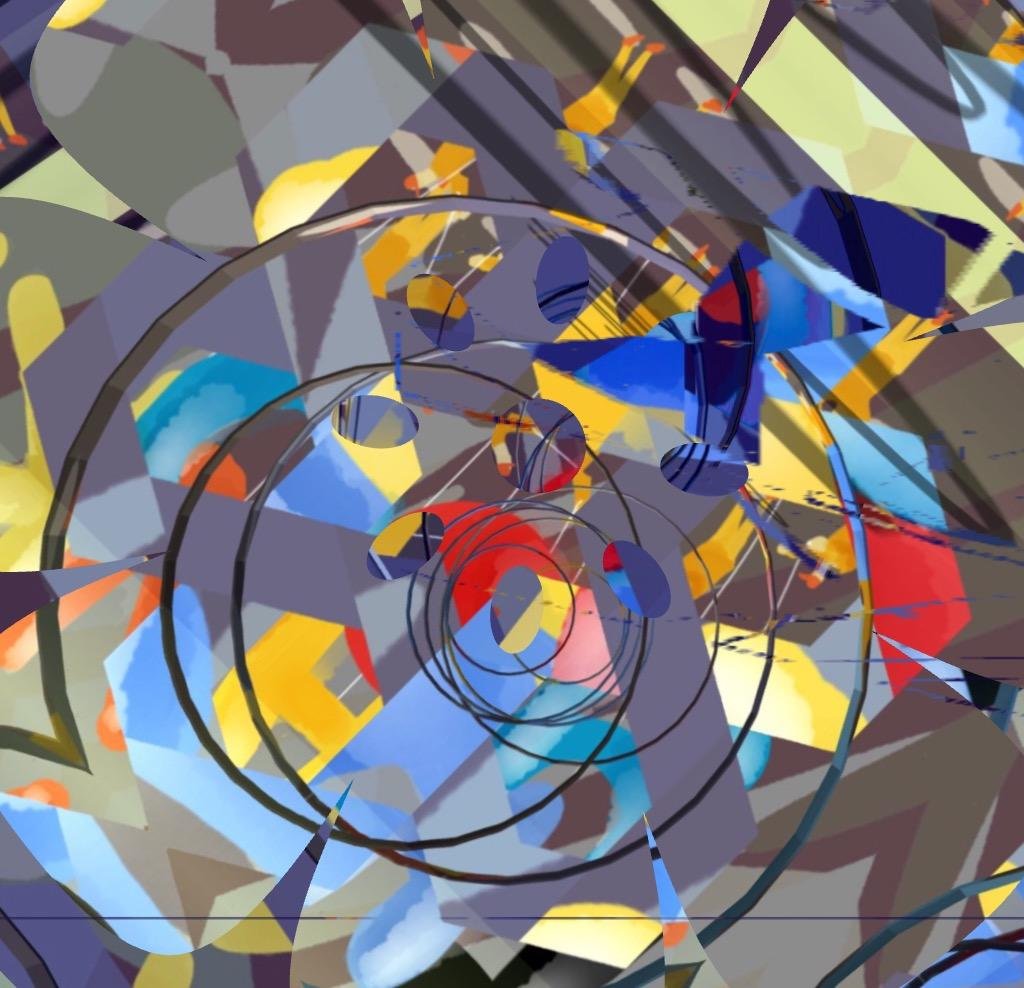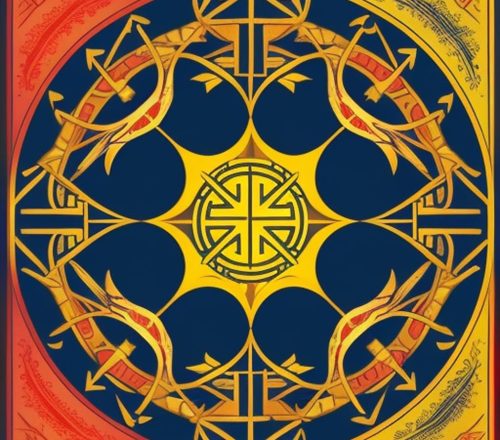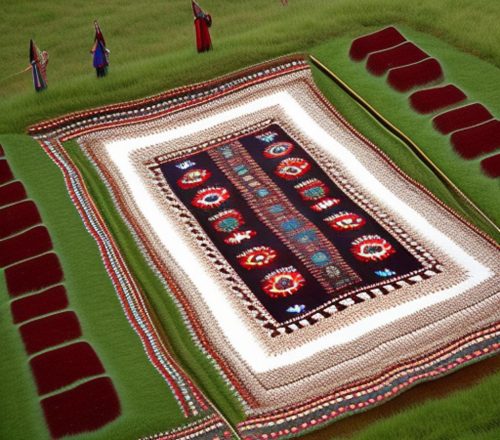
Table of Contents
Table with main symbols and their meaning for Asia
| Symbol | Culture | Meaning |
| Yin-Yang | Chinese | Represents the balance between opposing forces, such as light and dark, and serves as a symbol of harmony and balance. |
| Pagoda | Chinese and Japanese | Represents the traditional tiered tower found in East Asia and serves as a symbol of religious and cultural heritage. |
| Lotus Flower | Hinduism and Buddhism | Represents purity, enlightenment, and the overcoming of suffering. It is often used as a symbol of spiritual growth and transformation. |
| Dragon | Chinese and Vietnamese | Represents power, strength, and good luck, and serves as a symbol of imperial power and authority. |
| Mount Fuji | Japanese | Represents Japan’s highest mountain and serves as a symbol of natural beauty and cultural heritage. |
| Taj Mahal | Indian | Represents the iconic mausoleum built by the Mughal emperor Shah Jahan for his beloved wife, and serves as a symbol of love, beauty, and cultural heritage. |
| Hanbok | Korean | Represents the traditional Korean dress and serves as a symbol of Korean cultural heritage and identity. |
| White Elephant | Thai and Burmese | Represents royalty, wisdom, and good fortune, and serves as a symbol of power and authority. |
| Temple of the Tooth | Sri Lankan | Represents the sacred Buddhist temple in Kandy, Sri Lanka, and serves as a symbol of religious and cultural heritage. |
| Great Wall of China | Chinese | Represents the iconic wall built to protect China from invaders and serves as a symbol of Chinese history, culture, and national identity. |
| Om | Hinduism and Buddhism | Represents the sound of the universe and serves as a symbol of spiritual enlightenment and unity. |
| Cherry Blossom | Japanese | Represents the fleeting nature of life and serves as a symbol of beauty, renewal, and the impermanence of existence. |
| Lion Dance | Chinese | Represents the traditional dance performed during the Chinese New Year and serves as a symbol of good luck, prosperity, and cultural heritage. |
| Batik | Indonesian | Represents the traditional dyeing technique of batik, which involves applying wax to fabric before dyeing it to create intricate patterns. It serves as a symbol of Indonesian artistry and craftsmanship. |
| Kebaya | Malaysian and Indonesian | Represents the traditional blouse worn in Malaysia and Indonesia, and serves as a symbol of feminine beauty, elegance, and cultural heritage. |
| Great Buddha of Kamakura | Japanese | Represents the iconic bronze statue of the Buddha in Kamakura, Japan, and serves as a symbol of Buddhist spirituality and cultural heritage. |
| Pashmina | Indian | Represents the traditional shawl made from the wo< |
| Tiger | Chinese, Korean, and Indian | Represents power, strength, and courage, and serves as a symbol of national identity and cultural heritage. |
| Samurai Sword | Japanese | Represents the traditional weapon of the samurai, and serves as a symbol of Japanese martial arts, honor, and discipline. |
| Hamsa | Middle Eastern | Represents the hand of God and serves as a symbol of protection and good luck. It is often depicted with an eye in the center to ward off evil spirits. |
| Bat Symbol | Chinese | Represents good luck and happiness, and serves as a symbol of fortune and prosperity. |
| Pho | Vietnamese | Represents the traditional Vietnamese noodle soup, and serves as a symbol of Vietnamese cuisine and cultural heritage. |
| Ganesha | Hinduism | Represents the elephant-headed god of wisdom, and serves as a symbol of knowledge, wisdom, and spiritual growth. |
| Incense Burner | Chinese and Japanese | Represents the traditional object used to burn incense during religious ceremonies, and serves as a symbol of spiritual devotion and cultural heritage. |
| Tiger Balm | Chinese and Southeast Asian | Represents the traditional ointment used to relieve pain and inflammation, and serves as a symbol of traditional medicine and cultural heritage. |
| Qipao | Chinese | Represents the traditional form-fitting dress worn by Chinese women, and serves as a symbol of feminine beauty and cultural heritage. |
| Angkor Wat | Cambodian | Represents the iconic temple complex in Cambodia, and serves as a symbol of Khmer architecture, history, and cultural heritage. |
Shopcorner
Symbols books on Amazon
What is your favorite symbol and why?
Take time to learn
Invest in your future
Embark on a journey into the realm of affiliate marketing and craft your own website within a vibrant, supportive community. Join me in this adventure, where you can begin as a free starter and stay as long as you desire. Enjoy complimentary hosting and foundational teachings to set you on your path. For those with advanced skills, opportunities to elevate your expertise await. Take a moment to explore and witness the magic for yourself!




